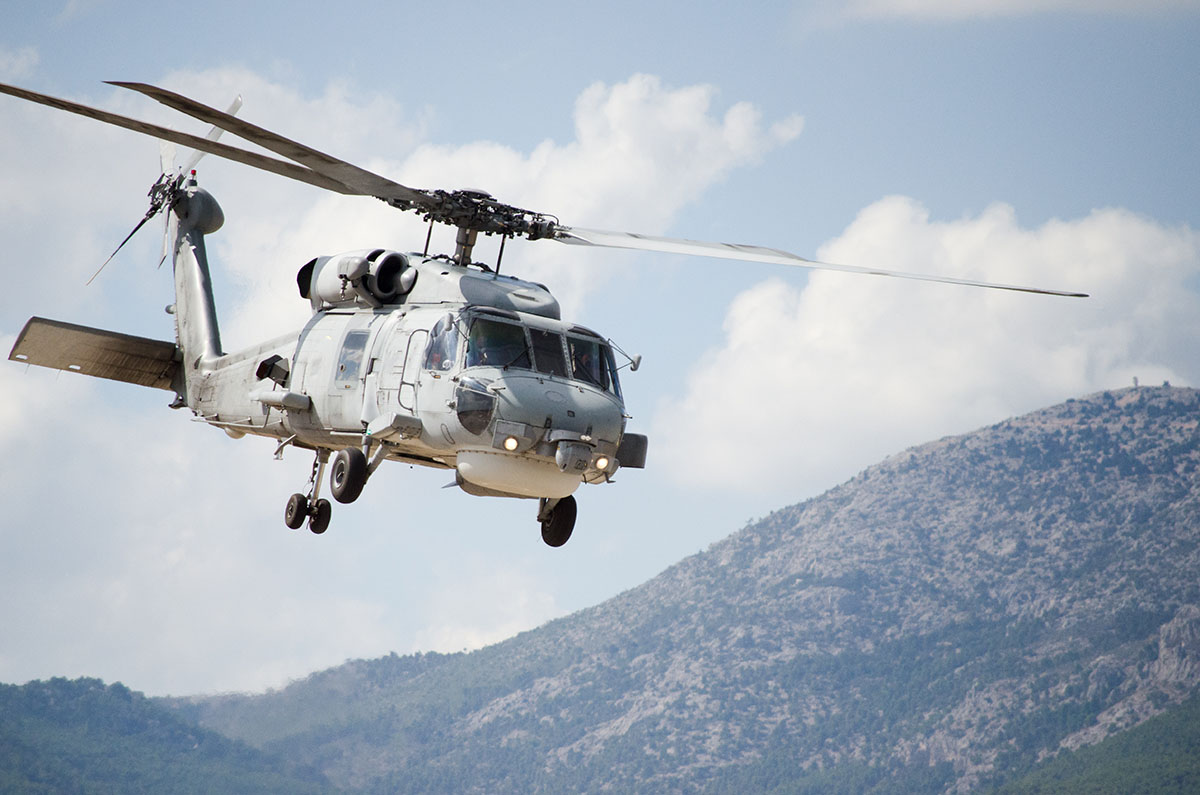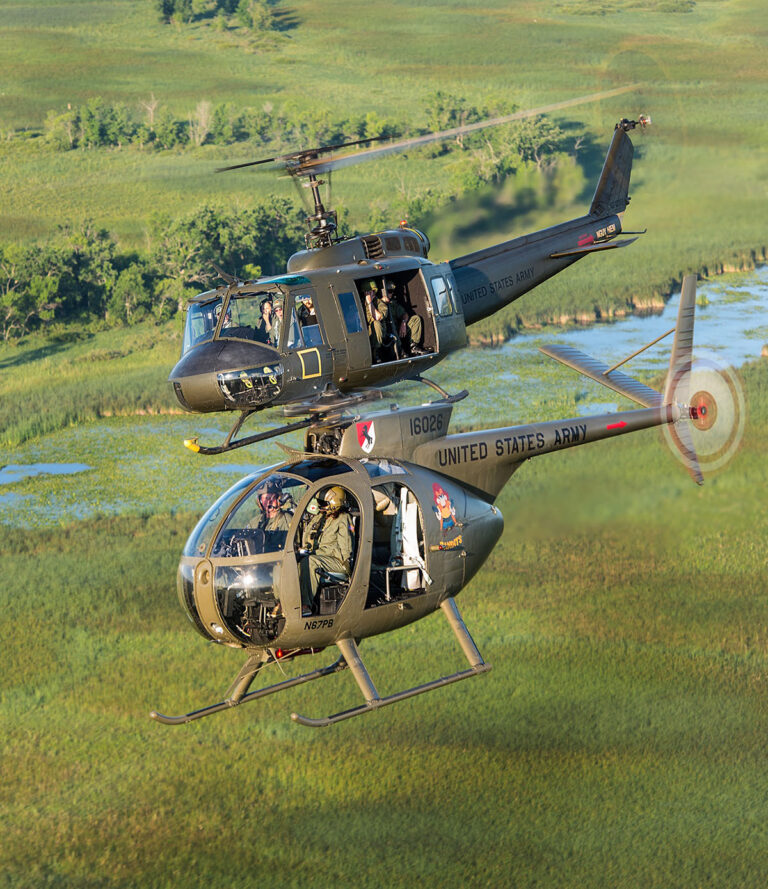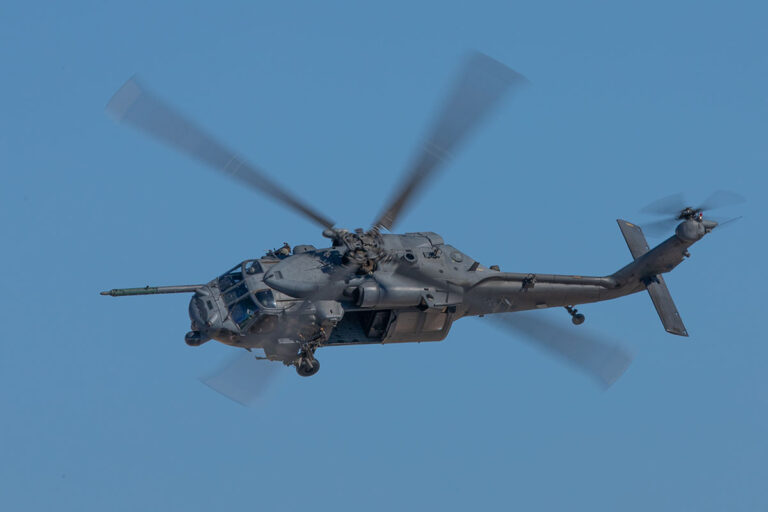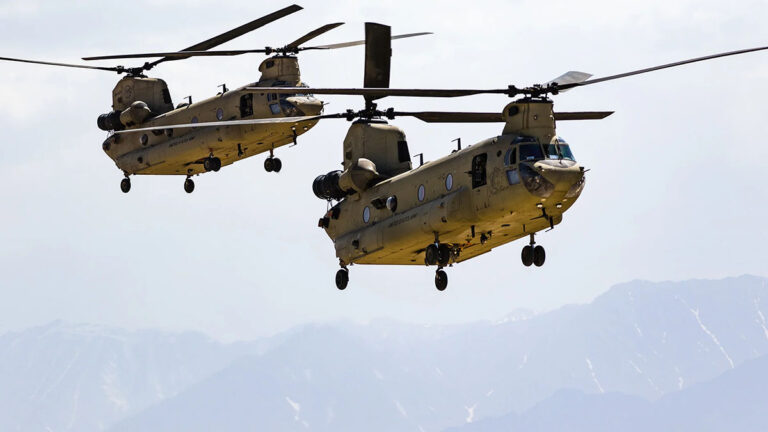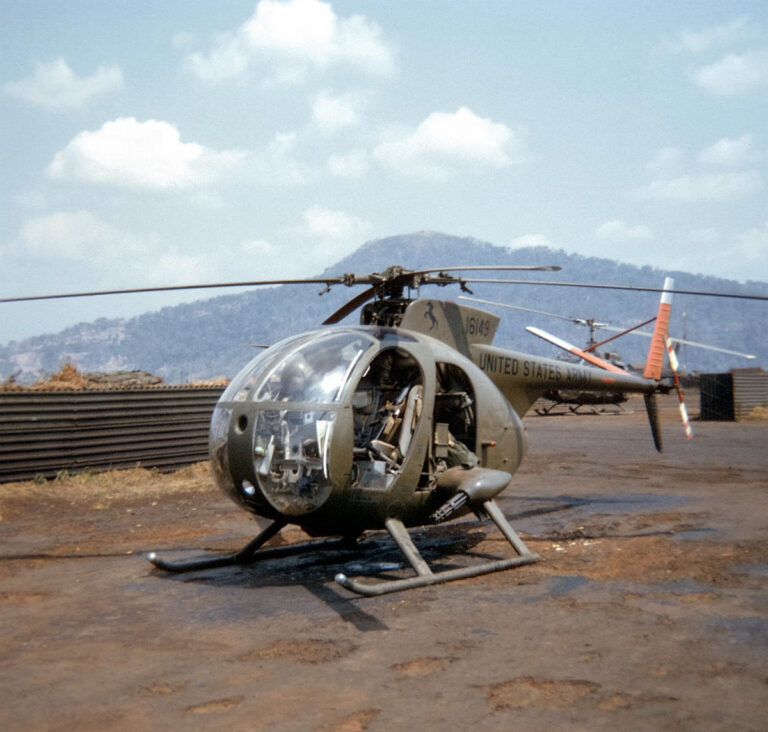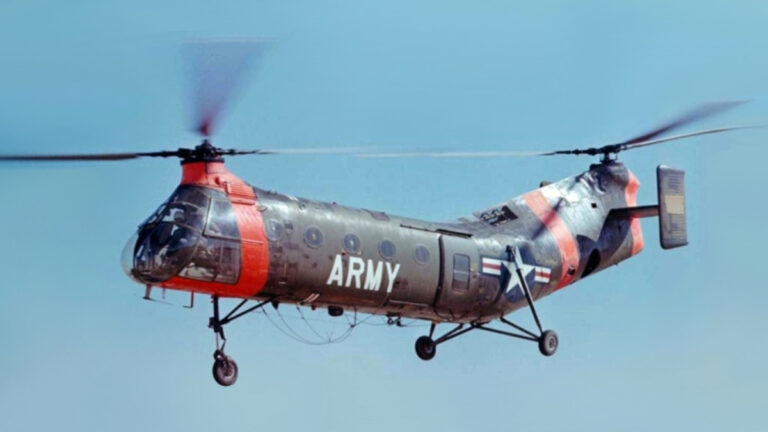US Military Helicopters in Focus
The Evolving Role of US Military Helicopters
In the intricate theatre of modern warfare, the US military’s approach to conflict has evolved significantly, particularly within the rugged desert terrains of the Middle East. Central to this evolution are military helicopters, which have seamlessly transitioned from supporting roles to becoming linchpins in war strategy. These formidable flying machines have increasingly been used for vital attack and reconnaissance missions.
Furthermore, the modern battlescape demands constant adaptation. Consequently, the US military is continuously in pursuit of advanced helicopter designs, encompassing cutting-edge technology to better equip them for their multifaceted roles on the battlefield.
Beyond their functional contributions, military helicopters have also piqued public interest and curiosity. Indeed, their presence has not just been felt on the battleground. Tales of secret stealth helicopters, particularly during high-profile missions like the Bin Laden operation, have propelled these aircraft into the limelight, fueling both admiration and speculation.
An Illustrated History of Military Helicopters
A complete history of Army and Navy helicopters from the first visionaries to unmanned aircraft systems. This book, with over 200 helicopter photographs documents every generation of rotorcraft from early prototypes to the specialist helicopters of today.
Amazing text. As a Veteran helicopter mechanic I am passionate about all birds and their histories. Highly recommend this book. It sits firmly on my coffee table to spread the allure to friends and visitors alike. – John J.
Stealth Helicopters: Fact or Fiction?

Stealth technology, once the stuff of science fiction, has become a crucial asset in the US military’s arsenal. However, its application in helicopters has sparked a myriad of debates and conspiracy theories, especially concerning high-profile operations.
For instance, in the aftermath of the operation that led to the demise of Osama Bin Laden, a whirlwind of speculations arose. A peculiar wreckage at the mission site triggered questions. Was it a stealth aircraft used by the US military? The intriguing scenario thickened when Pakistani forces transported this mysterious chopper, concealed under tarps. This naturally evoked concerns about potential replication of sophisticated US technology.
Had it been a conventional Black Hawk or Apache helicopter, few would have batted an eye. However, this enigmatic aircraft seemed to exhibit characteristics bridging the well-known Black Hawk and NightHawk designs. In the weeks following, the rumor mill churned, hinting at clandestine Pentagon projects. Yet, to this day, clarity eludes this chapter, with many postulating it was an ultra-secret spy aircraft, a claim the US has not officially verified.
Then there is the saga of the RAH-66 Comanche helicopter. Touted as the next-generation stealth chopper, its development had consumed an astounding six billion dollars by 2004. However, despite its promise and the vast investment, the program was abruptly shelved. With the reconnaissance aircraft it intended to replace now retired, a vacuum emerges. Does the Army have an ace up their sleeve, a new stealth bird ready to take flight? Only time will unravel this mystery.
Medevac Helicopters: Safety Versus Efficiency
A Lifesaving Delay
January 28, 2012, marked a troubling incident in the rugged terrains of Northern Afghanistan’s Kandahar province. An American combat engineer, while on duty, met the harrowing fate of a roadside bomb. In such dire situations, the standard protocol is swift: deploy a US Military Medevac helicopter, ensuring the injured reaches medical facilities in under 59 minutes. However, this instance defied the norm. The question loomed – why the delay?
The answer was unsettling. The Medevac chopper, critically unarmed, lacked the firepower to venture into the area swarming with Taliban insurgents and their anti-aircraft weaponry. The soldier lay vulnerable, time ticking away.
The Debate: Arming Medevacs
This incident rekindled a longstanding debate: Should Medevac helicopters be armed? At a glance, the argument holds weight. Arming these choppers could negate the need for separate escort aircraft, potentially reducing response times and increasing the safety of both the crew and the wounded.
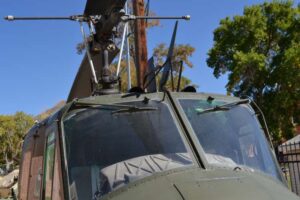
However, as with most military decisions, it is not so black and white. The US Army pointed out the challenges. Integrating weapons, ammunition, and the necessary crew would add an approximate six hundred pounds to the aircraft. Such an increase could diminish the helicopter’s medical capacity, potentially compromising its primary lifesaving role. Besides, there’s the Army’s strategy of deploying Apache attack helicopters as escorts for Medevacs. This method, they argue, is more efficient than retrofitting Medevacs with weapons.
Trust in Expertise
Both perspectives offer valid concerns. While adapting to ever-changing battlegrounds is essential, it is equally crucial to ensure changes do not inadvertently hamper the primary mission. In the end, the Army’s extensive ability and strategic foresight guided these decisions, always aiming for the best balance between safety and efficiency.
Conclusion: Helicopters – The Ever-Evolving Wings of the Military
Helicopters have been pivotal in shaping modern warfare, and the US military’s dedication to pushing the boundaries of aviation technology signifies their lasting importance. From their roles in stealth missions to medical evacuations, their versatility is unparalleled. As we have delved into the history, present challenges, and prospects of US military helicopters, one thing still is clear: they are not just machines, but vital instruments in the intricate symphony of defense and strategy.
In a world of rapid technological advancements, it is tempting to look to the skies for the next best fighter jet or drone. Yet, the role of the helicopter, with its ability to hover, maneuver in tight spaces, and offer immediate ground support, is still irreplaceable. While the stories of stealth missions and billion-dollar projects captivate us, it is essential to remember the countless silent missions they undertake every day, from rescues to reconnaissance.
The debates, speculations, and mysteries surrounding US military helicopters remind us of their significance. As they evolve, adapting to the ever-changing needs of modern warfare, we can only anticipate what the next chapter will bring. But for now, as the rotors continue to spin, they symbolize a blend of might, agility, and relentless pursuit of innovation, ensuring the safety and success of missions, both seen and unseen.


